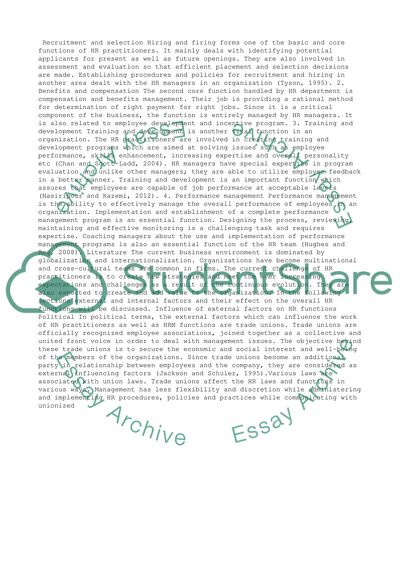Cite this document
(“Human resource management Essay Example | Topics and Well Written Essays - 1750 words - 1”, n.d.)
Human resource management Essay Example | Topics and Well Written Essays - 1750 words - 1. Retrieved from https://studentshare.org/management/1487332-human-resource-management
Human resource management Essay Example | Topics and Well Written Essays - 1750 words - 1. Retrieved from https://studentshare.org/management/1487332-human-resource-management
(Human Resource Management Essay Example | Topics and Well Written Essays - 1750 Words - 1)
Human Resource Management Essay Example | Topics and Well Written Essays - 1750 Words - 1. https://studentshare.org/management/1487332-human-resource-management.
Human Resource Management Essay Example | Topics and Well Written Essays - 1750 Words - 1. https://studentshare.org/management/1487332-human-resource-management.
“Human Resource Management Essay Example | Topics and Well Written Essays - 1750 Words - 1”, n.d. https://studentshare.org/management/1487332-human-resource-management.


